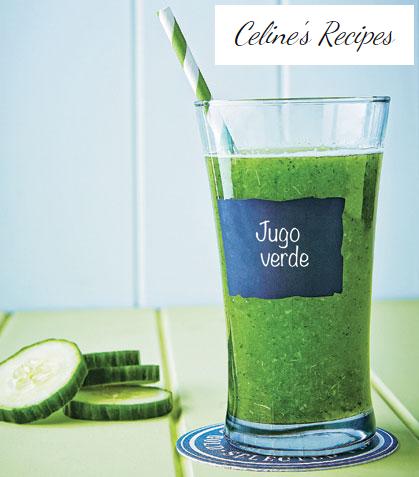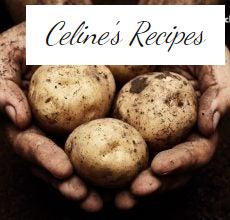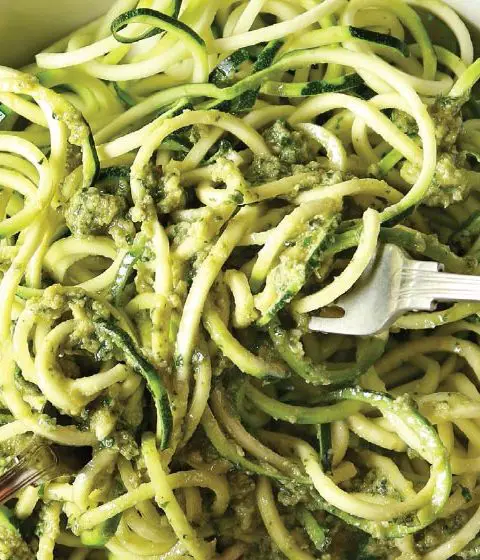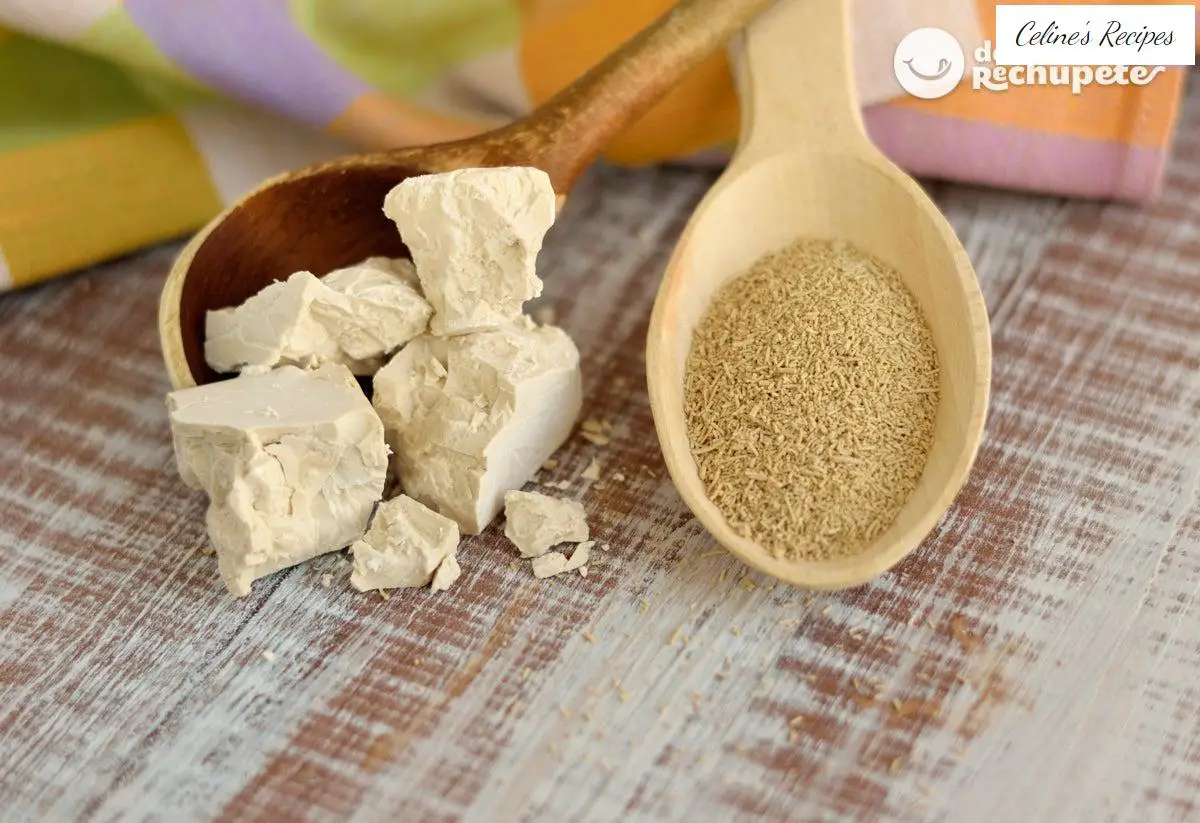
Fresh or powdered yeast: differences and curiosities .
They may seem the same to you but they are not . You may use them interchangeably to cook any recipe that needs them, but the reality is that each one has its particularities and that between them they are very different.
The truth is that the differences between fresh yeast and baking powder should be one of the first things we learn when we start cooking desserts , bread , biscuits or cakes .
In case you still do not know, in today’s post I will tell you a little more about them and how to use them correctly.
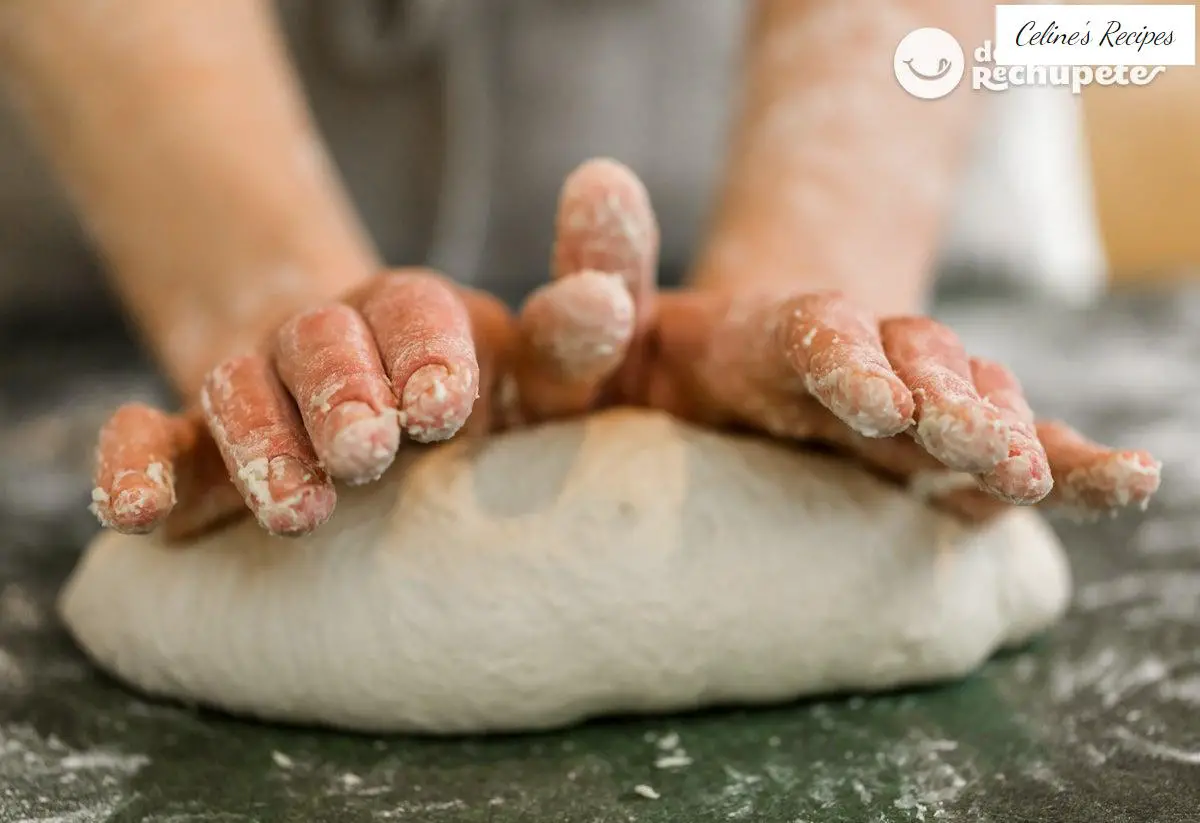
Once upon a time…
You must know that yeast, both one and the other, are just the cultivation of vegetable mushrooms that make our doughs rise to infinity during baking thanks to the fermentation and oxygenation process.
.instagram-follow img{width:100%;height:auto;} @media screen and (min-width: 1000px) {.instagram-follow {display:block;clear:both;float:right;width:50%;margin-left:1em;}}
Once this is clarified, let’s start at the beginning: fresh yeast (or pressed yeast) is sold in cubes and must be stored in the fridge. Dry yeast (baking or powdered) is nothing more than fresh, scratched and dehydrated yeast.
The well-known Royal yeast or chemical yeast are nothing more than driving powders (which is why we use them to quickly grow our dough or cake) since being essentially made of bicarbonate, during baking the dough reacts releasing the gas.
This type of yeast only reacts to heat and, being chemical, does not require fermentation.
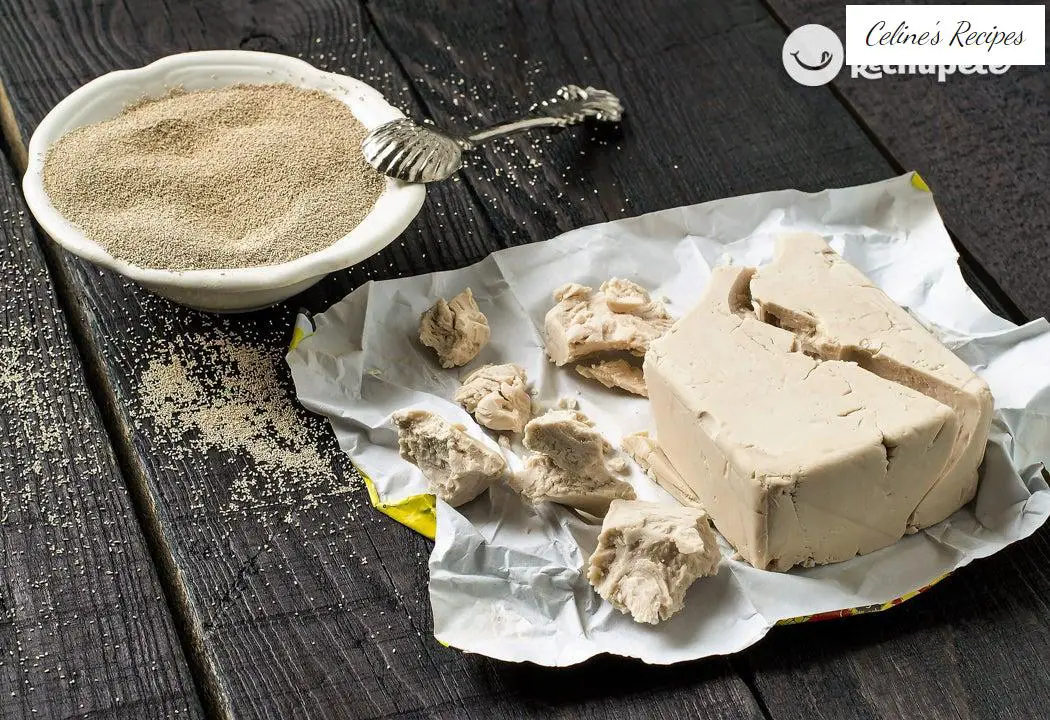
So fresh!
If the yeast is alive and we keep it refrigerated, we can use it for life (it is the one used in the well-known sourdough ). If you want to revitalize the dry we should hydrate it , mix it with the rest of the ingredients and wait.
In the first case we should leave the yeast at room temperature for one day to check its “vitality”.
How dry!
Dry yeast has a much higher expiration date than fresh yeast, although mentioned above, fresh yeast can live as long as we want if we feed it and refrigerate it correctly.
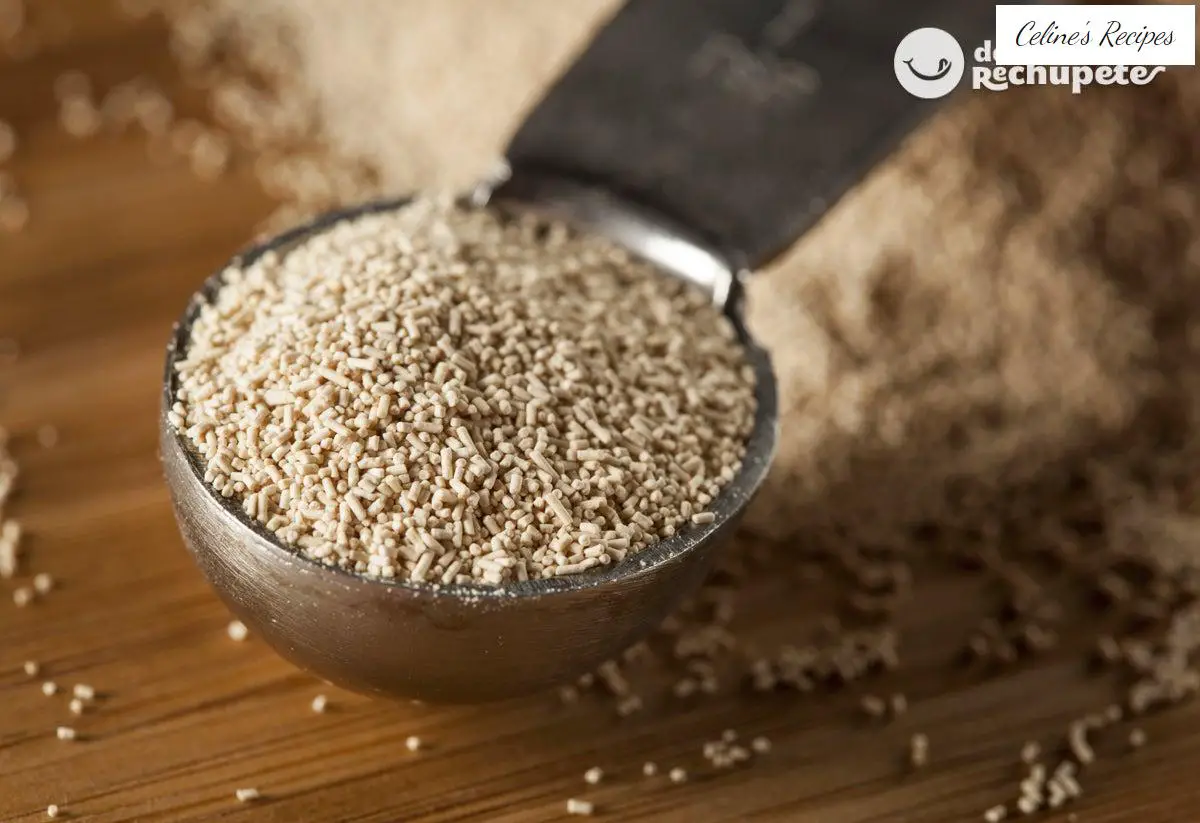
How many grams of dry yeast does fresh yeast correspond to?
- The rule is simple. Dry yeast is equal to one third of the amount of fresh yeast. Or what is the same 15 grams of pressed yeast = 5 grams of dry yeast (approximately).
- As you can see it is very easy, it is only a rule of three and from here you can go modifying according to what you need.
- For example, if you are going to cook something with a lot of fat like bread or pastries, the ideal thing is that you use 3.3 grams of baking powder or 10 grams of fresh yeast.
Tips for Properly Using Fresh Pressed Yeast and Dry Yeast
- We must take the fresh yeast from the fridge between 15 and 30 minutes before use. It should be at room temperature.
- Yeast should be incorporated just before kneading and direct contact of the yeast with the salt should be avoided.
- Dry yeast should be hydrated with water or milk. Active dry yeast. However, it is not necessary to hydrate instant dry yeast or fresh pressed yeast. Although if you want a more homogeneous mixture to mix when kneading, you can add a little warm water and stir with a teaspoon. Remember that it is too much liquid that you put into the dough.
Preserving yeast and freezing if left over
- In order for the fresh yeast to retain all its effectiveness, we must have it in the fridge with a temperature of between 3º C and 8 ° C.
- To preserve it well it is best to save it with kitchen paper. This way we can absorb moisture. When the paper is wet we change it for another and that’s it. It will last you in the fridge for about 15 days without problem, otherwise you can freeze what is left over and defrost later.
- Dry yeast, vacuum packed or in a protected atmosphere, must be kept in a dry and warm place.
- Fresh pressed yeast can be frozen, although it needs to be defrosted before use to function and activate again. It is best to do it in the fridge at night, like most frozen ones.
- Instant dry yeast can also be frozen and thaws very quickly and retains all its fluidity. It can be added directly to the flour.
If you want to put into practice learning about the different yeasts that exist in the market, go ahead and make bread , banana bread or ham bread and feel like a baker for a day!
Did you like it? Share it!
Share Tweet Pin it To print
Receive a weekly email with new recipes and yummy recommendations.
Think of Pixels SL as the owner of Recetasderechupete.com, it will use the data you provide in this form only to send you blog updates. We treat your data with respect. For more information see the Privacy Policy . You can change your mind at any time and unsubscribe by clicking on the footer of any email you receive from this website, or by contacting [email protected]. Yummy recipes use Mailchimp as a platform for sending emails. Mailchimp is covered by the EU-US Privacy Shield agreement, approved by the European Data Protection Committee. By submitting this form you agree that your data will be transferred to MailChimp to process it in accordance with its Privacy Policy .
If you liked this article you will like:

How to organize Christmas meals without stress

Lose weight after Christmas

